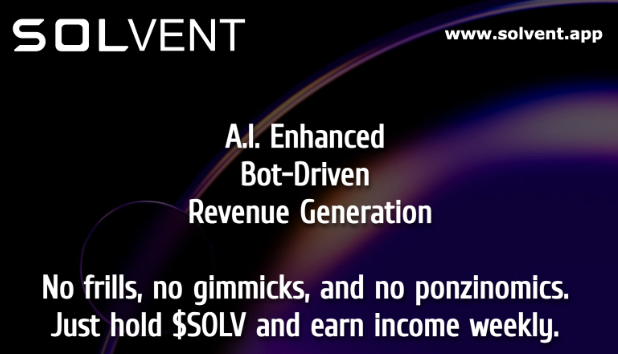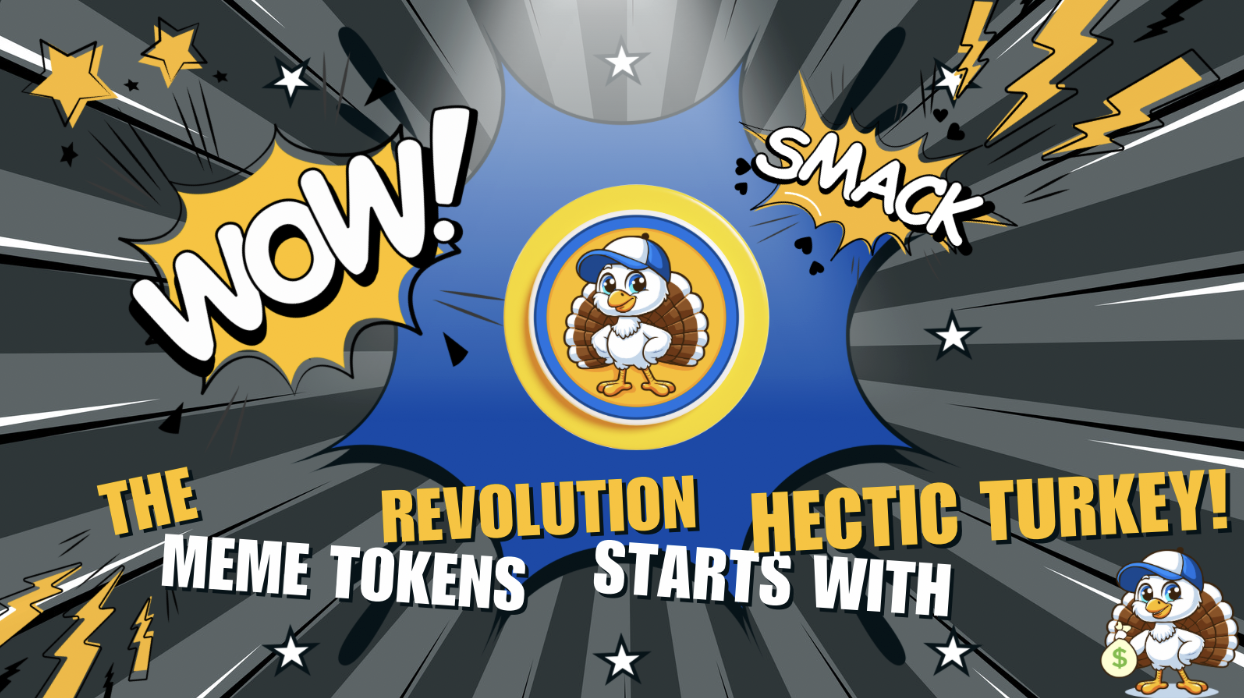
Nemesis Wealth Projects Crypto Burning Explained
- Antonio Anderson
- December 1, 2021
- Press Release
- 0 Comments
The phrase “cryptocurrency burning” creates the imagery of an investor setting fire to tangible money. Of course, that is not physically possible because digital currencies only exist in a virtual form. In reality, cryptocurrency burning is the process of digital currency miners and developers removing tokens or crypto coins from circulation to reduce the total circulating supply of coins and thus slow down inflation rates. It is the deliberate destruction of a specific number of coins, causing them to be removed from circulation permanently. This process reduces the number of coins on the market, boosting their value and positively impacting their economic performance.
The mechanisms of coin redemption and burning may well become a new standard in the cryptocurrency industry, allowing developers to demonstrate the viability of their project while also controlling the rate of coin inflation. Coin burning is prevalent among projects with a large number of coins and no limits on the number of coins that can be issued.
It is difficult, if not impossible, to control the flow of tokens once they have been mined in the digital currency world. Miners and developers acquire tokens and send them to specialized addresses with unobtainable private keys to remove them from circulation. No one can access these tokens or use them for transactions unless they have access to a private key. As a result, the coins become unusable and are relegated to a space outside of the circulating supply.
Cryptocurrencies aren’t the first to come up with the concept of currency burning. This procedure is very similar to a publicly-traded company repurchasing stock. This type of company uses cash on hand to buy back shares of common stock, lowering the total number of shares that are outstanding. With fewer outstanding shares, the ratio of net income to shares becomes higher, thus reinforcing the value of those shares that remain in circulation. In addition, this can also help improve earnings per share. The concept of burning cryptocurrency was developed to achieve a similar result. Developers and miners hope that by reducing the number of tokens in circulation, the tokens that remain in circulation will become more rare and thus more valuable.
The goal of burning coins or tokens, as previously stated, is to remove a specific number of coins from circulation. This can be accomplished by “burning” any surplus coins. The coins are burned by sending them to a wallet address that no one else has access to. In other words, no one has access to the private key to the wallet containing those coins. For a variety of reasons, a so-called “black hole” wallet can be helpful for regular coin burns.
Burning coins serves a variety of purposes, one of which is to increase mining power. The proof-of-burn mechanism differs from the proof-of-work and proof-of-stake mechanisms, which both use lots of energy to complete crypto transactions.
As counterintuitive as it may seem, miners must burn coins to gain access to mined cryptocurrency and write blocks at a much lower cost. The proof-of-burn system consumes very little energy because it is destroying cryptocurrency rather than creating or mining it.
Proof of Burn (PoB) is one of the many consensus mechanism algorithms used by a blockchain network to ensure that all participating nodes agree on the blockchain network’s true and valid state. POB is often referred to as a proof-of-work (POW) system that does not waste energy. It works based on miners being able to “burn” virtual currency tokens. They are then given the ability to write blocks in proportion to the number of coins they have burned.
In order to describe how this algorithm works, Iain Stewart – the creator of the POB algorithm – compares burned coins to mining rigs. In this example, miners use their coins to purchase a virtual mining rig that allows them to mine blocks. The miner’s virtual mining “rig” will grow in size as more coins are burned.
During the process, miners send the coins to an address that is verifiably inaccessible to burn them. This process uses few resources (aside from the coins burned) and ensures that the network remains active and flexible. Depending on the implementation, miners may burn the native currency or an alternate currency, such as Bitcoin. In exchange, they are given a reward in the blockchain’s native currency token. Users can use the network to initiate transactions that will burn their own cryptocurrency coins. Other participants can mine/burn on top of their block, take other participants’ transactions and add them to their own. Essentially, all this coin-burning activity keeps the network in top condition, and participants are rewarded for their efforts. To avoid unfair advantages for early adopters, the POB system has implemented a mechanism that regularly encourages the burning of cryptocurrency coins and maintains mining power. Each time a new block is mined, the burned coins “decay” or reduce partially. This encourages miners to engage in regular activity rather than participating in burning as a one-time, early investment. Miners may need to invest in better equipment regularly to maintain a competitive edge as technology advances.
A coin burn is necessary for the smooth operation of the blockchain. Burning coins can inflate the value of a coin artificially. It can also be highly beneficial in the hands of the right crypto developers. For instance, they eventually return lost coins to users and make positive upgrades and improvements to relevant cryptocurrency networks. Coin burning, in general, has a positive impact on a project’s blockchain and will continue to do so unless it prices people out of the cryptocurrency.
The benefits behind coin burning include long-term adherence, protection against spam, the increased value of new coins, and income from transaction fees. The primary reason coins are burned because they encourage long-term commitment and project duration. As a result, coin prices are more stable, as long-term investors do not want to sell or spend their coins. The coin burn process is also a natural defense against Distributed Denial of Service (DDoS) attacks (DDOS). As a result, spam transactions are prevented from clogging the network. Typically, coin burning incurs a cost when a transaction is carried out. A few projects have integrated a burning mechanism that automatically burns a small portion of the amount sent. Ripple (XRP), a cryptocurrency, is an example of a project that uses this burning model. Moreover, coins that are created after coin burn usually have value solely due to coin burn. Interested parties invest in cryptocurrency whenever developers make it. This value is also passed on to the developers.
Since coin burning is used to pay transaction fees, the proof of burn mechanism comes in handy. Ripple, for example, employs this technique. When a Ripple transaction is completed, a small portion of the transaction is burned. The user pays for the transaction in this way, and the Ripple network benefits significantly from the use of Ripple.
The team at Nemesis Wealth Projects is on a mission to create software and applications that make DeFi more accessible. With the upcoming user-friendly APP Wallet+Buy, users can purchase and safely store assets on their mobile phones quickly. Thanks to an update on the Swap+Shop function, users can also shop anywhere in the world using their tokens. In short, the company intends to provide a diverse range of assets that crypto investors can use in their daily lives. Upon their release, all the tokens were protected in four sections of the Nemesis Ecosystem: financial services, art and charity, meme and gaming, and business services.
Nemesis Wealth Projects has developed a massive 24-month burn plan (dubbed “Rocket Fuel”) that will steadily raise the value of the $NMS Nemesis Token while reducing the “real” Total Circulation Supply on the market. The Burn Plan will reduce the total supply of $NMS Nemesis by 24.000.000 $NMS Nemesis, nearly 9% of the total supply. The Burns will be performed on a monthly basis for a total of 24 months. The amount of each burn varies depending on market conditions. The 24 million fund can be used in conjunction with the monthly burns to increase Liquidity Pool, bind partnerships, and pay for relevant investments to keep the $NMS value growing.
For more information about Nemesis Wealth Projects, click here.





